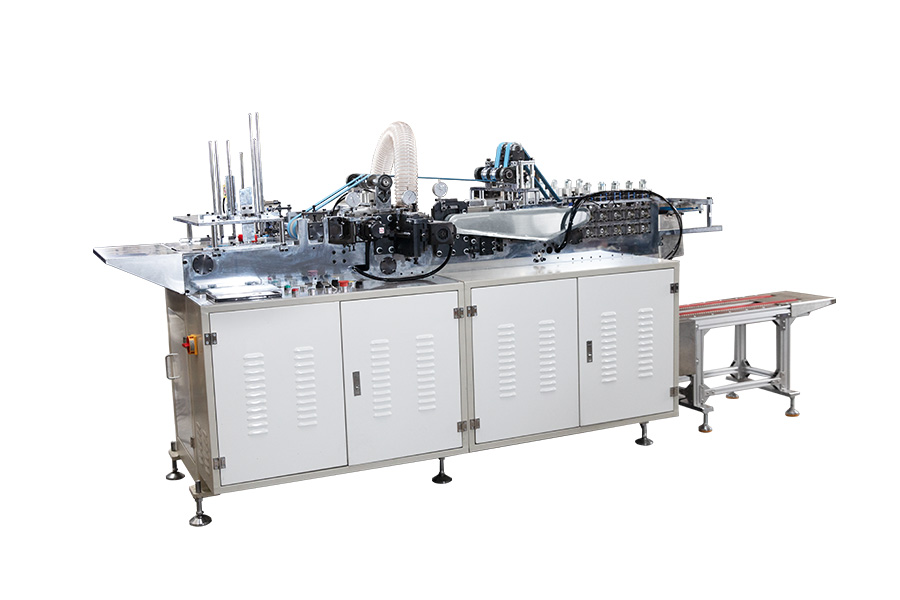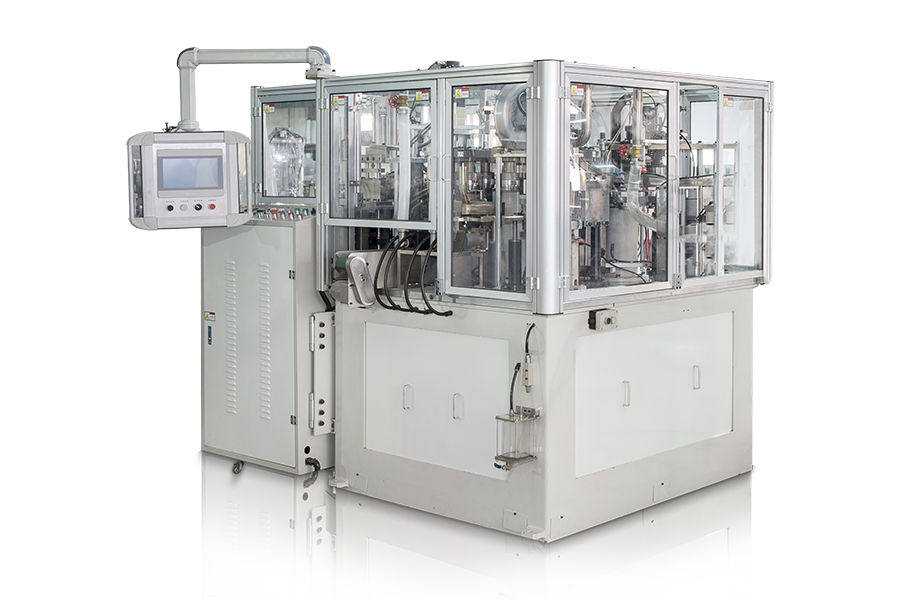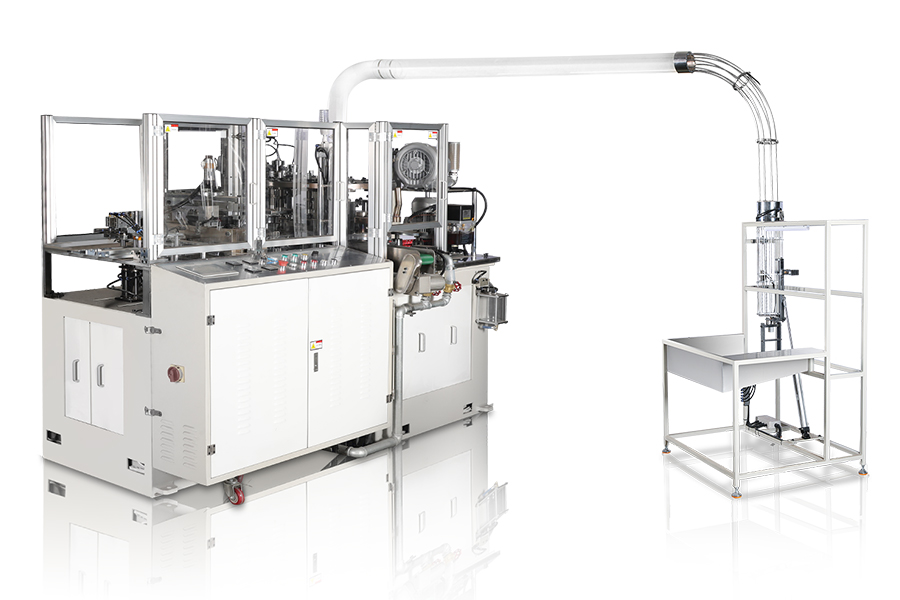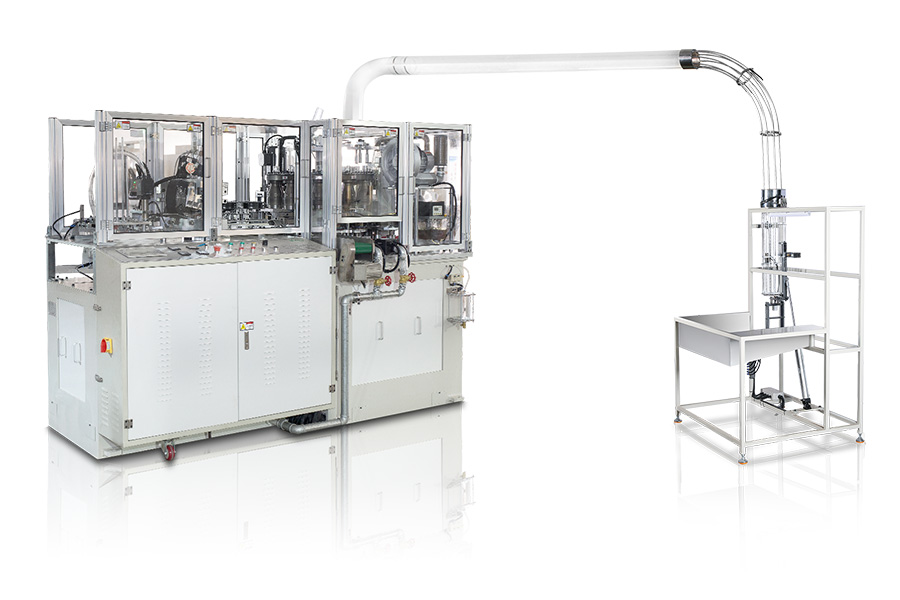Unlocking the Full Potential of Your Paper Cup Machine
In today’s fast-paced market, the demand for disposable paper cups is on a relentless rise, making the efficiency of paper cup production a crucial determinant of a company’s competitive edge. A common challenge faced by many businesses is how to maximize the output of their existing production lines while maintaining impeccable product quality. The solution extends far beyond merely acquiring more machinery; it requires a holistic approach that considers the entire production line layout, optimizing equipment performance, and implementing meticulous operational and maintenance protocols. By pinpointing the key bottlenecks that hinder efficiency and applying targeted technical and managerial solutions, a paper cup production line can be transformed to “run faster,” enabling the enterprise to thrive in a fiercely competitive market.
The Automation Imperative: The Future of Paper Cup Manufacturing
Automation is an undeniable force reshaping modern manufacturing, and its impact is particularly transformative in the paper cup industry. Traditional manual operations are not only slow but are also prone to human error, leading to inconsistent product quality. In stark contrast, a fully automated production line leverages highly integrated robotic arms, sensors, and control systems to handle the entire process from paper roll feeding, printing, cutting, forming, bottom pressing, curling, all the way to stacking and packaging the finished products. This sophisticated automation significantly reduces reliance on human labor, cutting down costs while eliminating the inconsistencies that come with manual handling. The result is a guarantee that every single paper cup meets stringent standards for size, shape, and sealing. The advent of high-speed paper cup machines has further pushed the boundaries of productivity, completing more forming cycles in less time and allowing businesses to respond to market demands with unprecedented speed and seize a greater share of the market.
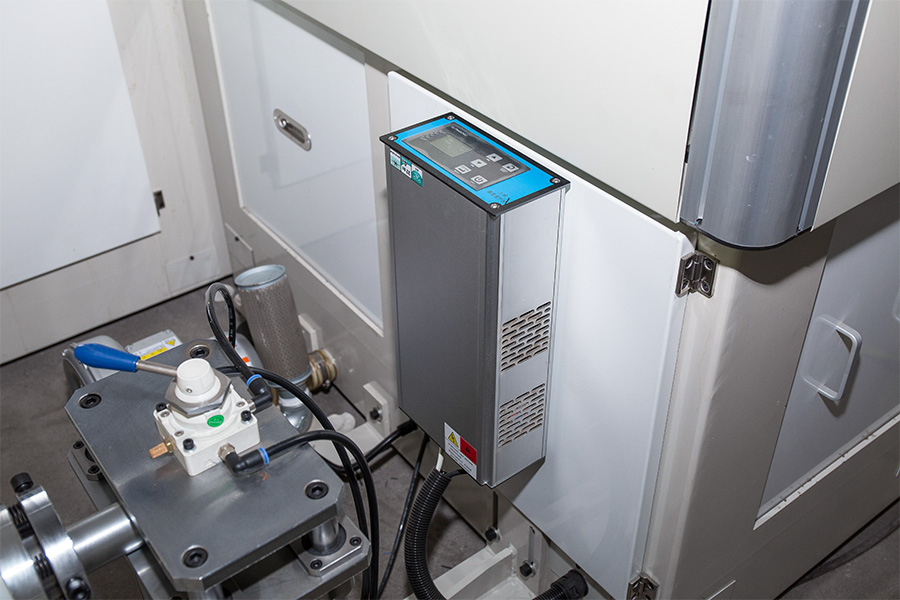
The Critical Role of Maintenance and Troubleshooting
Even the most advanced paper cup machine will inevitably see its performance degrade over time if it is not properly maintained, often leading to frequent breakdowns that disrupt the entire production line. Therefore, regular maintenance is absolutely essential for ensuring the stable and reliable operation of your equipment. This includes a routine regimen of lubricating moving parts, inspecting electrical connections, and cleaning away paper scraps and dust that accumulate during production. A well-structured maintenance routine not only extends the machine’s lifespan but also drastically reduces the likelihood of unexpected failures. When a breakdown does occur, the ability to diagnose and resolve issues swiftly is paramount to minimizing downtime. Mastering common troubleshooting techniques—such as knowing how to address issues like inaccurate paper feeding, weak bottom sealing, or imperfect curling—allows operators to quickly identify the root cause, whether it’s a pneumatic system problem, a heating element failure, or a mold issue, and get the line back up and running with minimal delay.
Making an Informed Investment: Scientifically Evaluating Equipment
For businesses looking to enter the paper cup manufacturing sector or upgrade their existing equipment, making an informed investment decision is of the utmost importance. This process involves much more than a simple price comparison; it requires a thorough, multi-faceted scientific evaluation. The first step is a deep dive into the machine’s performance parameters, such as revolutions per minute (RPM), energy consumption, operational stability, and the range of paper cup sizes it can produce. This must be followed by a comprehensive cost-benefit analysis, which calculates not only the initial purchase and installation costs but also ongoing operational expenses like electricity, maintenance, and labor, against the potential revenue generated. While a high-efficiency, low-energy machine might have a higher upfront cost, its long-term operational savings and high output can quickly offset this initial investment, delivering sustained profitability. Finally, it’s crucial to consider the long-term value of the equipment, including the quality of technical support provided by the manufacturer, the availability of spare parts, and the machine’s potential for future upgrades. By taking all these factors into account, a business can select equipment that not only meets its current needs but also serves as a strategic asset for sustained growth and value creation.






 English
English عربى
عربى 中文简体
中文简体

